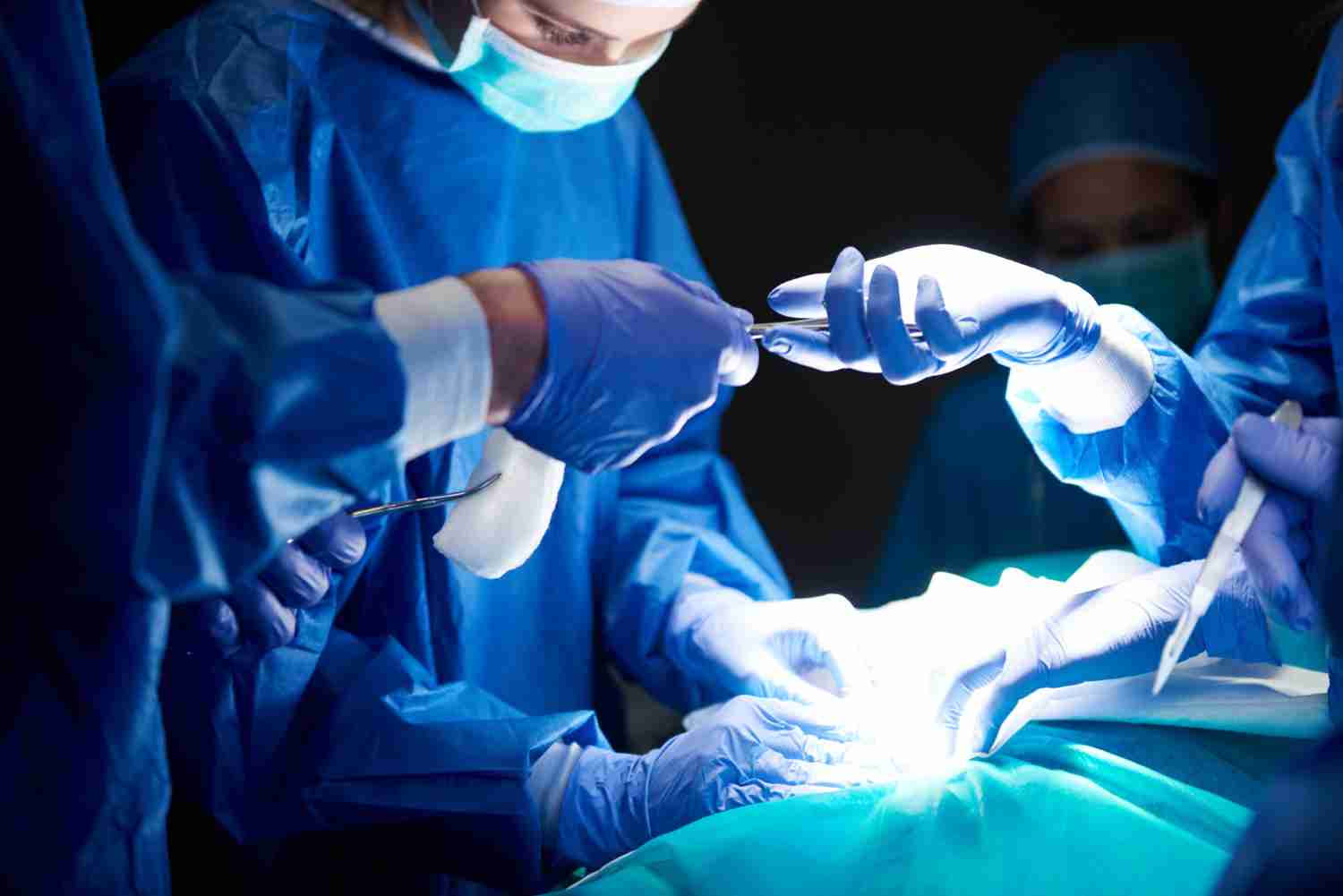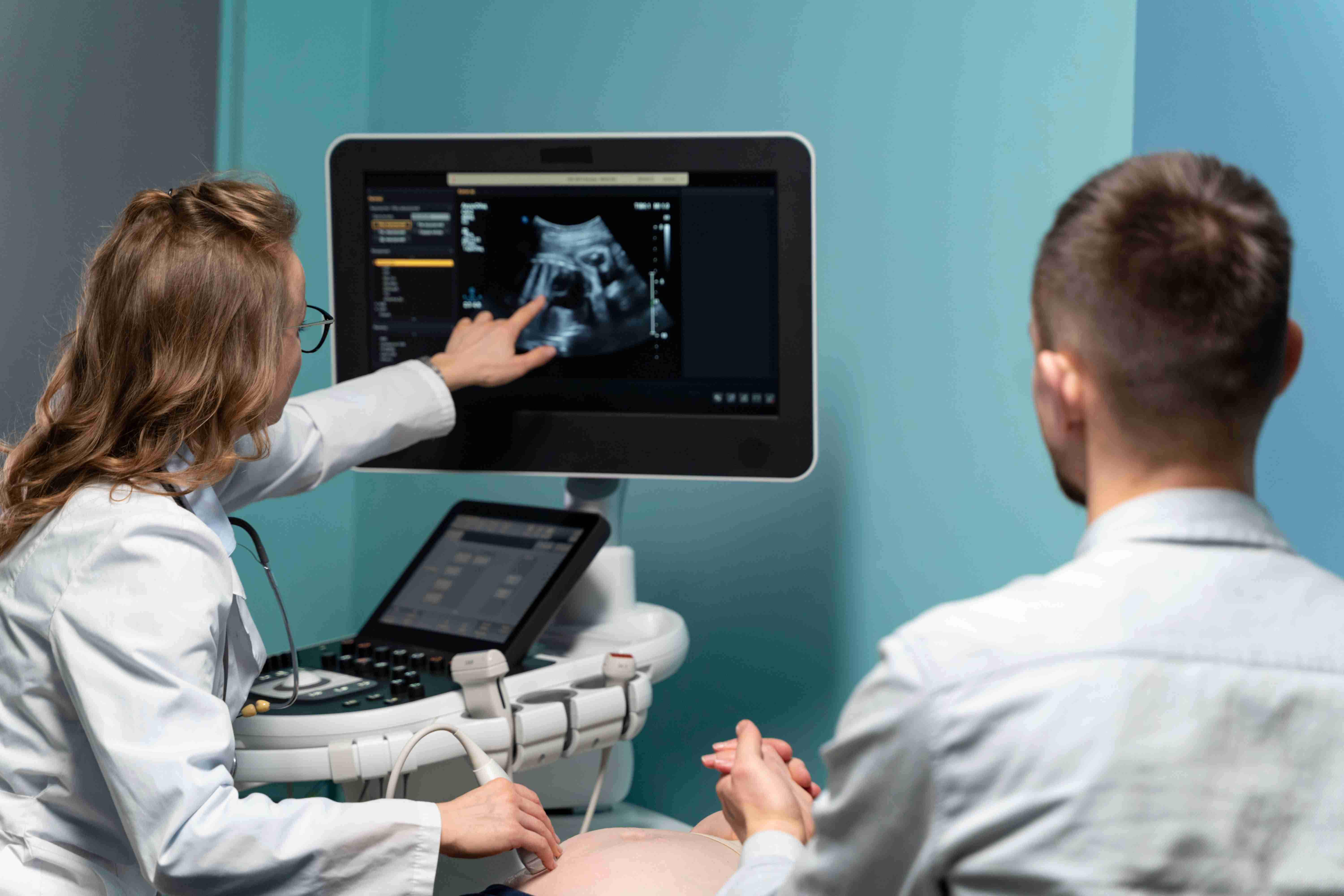Gallbladder wall thickening refers to an increase in the thickness of the gallbladder wall beyond the normal range. While it is often a benign condition, in some cases, it may be an early sign of gallbladder cancer. This blog discusses the causes, symptoms, risk factors, and treatment options.

Gallbladder wall thickening can signal inflammation or, in rare cases, early gallbladder cancer. Early diagnosis is crucial for effective treatment.
Normally, the gallbladder wall measures less than 3–4 mm. Thickening beyond this can result from several conditions, including:

Wall thickness over 3–4 mm may point to inflammation, infection, or other gallbladder disorders.
Though common in many non-cancerous conditions, certain factors increase the likelihood of gallbladder cancer:
Symptoms may be vague in early stages but can include:
Diagnosis involves imaging and blood tests to determine the cause and severity:
Treatment depends on the underlying cause:
Benign Conditions: Often treated with cholecystectomy (gallbladder removal)
Suspicious or Confirmed Cancer: Requires more aggressive treatment, including:
Gallbladder wall thickening should not be ignored, especially if symptoms persist or worsen. While not always linked to cancer, early evaluation and timely treatment are critical to improving outcomes. If you notice symptoms like persistent abdominal pain or jaundice, consult a healthcare provider for proper assessment.
We offer expert care across key specialties, including Medicine, Cardiology, Orthopaedics, ENT, Gynaecology, and more—delivering trusted treatment under one roof.
Prakash Hospital Pvt. Ltd. is a 100 bedded NABH NABL accredited multispecialty hospital along with a center of trauma and orthopedics. We are in the service of society since 2001.
OUR SPECIALITIES
Contact Us
D – 12A, 12B, Sector-33, G. B. Nagar, Noida, Uttar Pradesh 201301
+91-8826000033

© 2025 All rights reserved.
Designed and Developed by Zarle Infotech